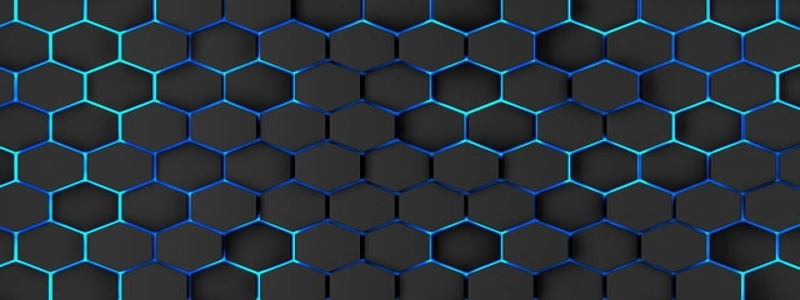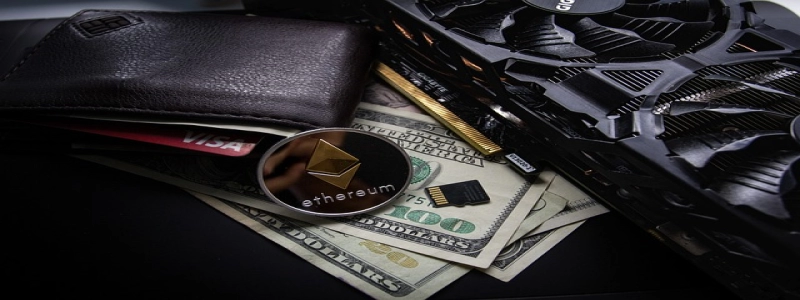Is Fiber Optic Cable Dangerous?
Introduction:
Fiber optic cables are a crucial component in our modern communication systems. They transmit data at lightning-fast speeds over long distances using pulses of light. Despite their widespread use, there are concerns regarding the safety of fiber optic cables. In this article, we will explore whether fiber optic cables pose any danger to humans and discuss the safety measures in place.
I. Understanding Fiber Optic Cables:
1.1 What are fiber optic cables?
Fiber optic cables consist of thin strands of specially designed glass or plastic fibers that carry light signals. These cables are immune to electromagnetic interference, making them ideal for long-distance data transmission.
1.2 How do fiber optic cables work?
Fiber optic cables work on the principle of total internal reflection. Light signals bounce off the walls of the fiber and travel through it without loss of strength, resulting in efficient data transmission.
II. Safety Concerns:
2.1 Electric shock hazards:
Unlike traditional copper cables, fiber optic cables do not carry electrical signals. Therefore, the risk of electric shock is virtually nonexistent when dealing with fiber optic cables.
2.2 Health hazards of electromagnetic radiation:
Fiber optic cables do not emit any significant electromagnetic radiation that could harm humans. Unlike other forms of communication cables, such as radio waves or electrical cables, fiber optic cables are safe in terms of radiation exposure.
2.3 Physical handling hazards:
While fiber optic cable strands are fragile, they pose no danger as long as they remain intact within the cable casing. However, broken fibers can cause skin irritation, so proper handling techniques should be observed to prevent accidental injury.
III. Safety Measures:
3.1 Protective coatings:
Fiber optic cable manufacturers use durable coatings that protect the fragile fiber strands from potential damage and minimize the risk of skin irritation. These coatings ensure safe handling and installation.
3.2 Training and certification:
Professionals working with fiber optic cables are required to undergo training and obtain certification. This ensures that individuals handling fiber optic cables are knowledgeable about safety procedures, reducing the risk of accidents.
3.3 Compliance with industry standards:
Fiber optic cables must meet strict industry standards and regulations. These standards mandate the use of non-toxic materials, adequate insulation, and proper handling practices, ensuring the overall safety of fiber optic cables.
Conclusion:
Fiber optic cables are not dangerous to humans when handled responsibly. Their ability to transmit data without electricity and emit negligible electromagnetic radiation makes them safe for widespread use. Implementing safety measures such as protective coatings, training, and compliance with industry standards further reduces any potential risks. As technology continues to advance, fiber optic cables will remain a key component of our communication infrastructure, providing safe and efficient data transmission.








